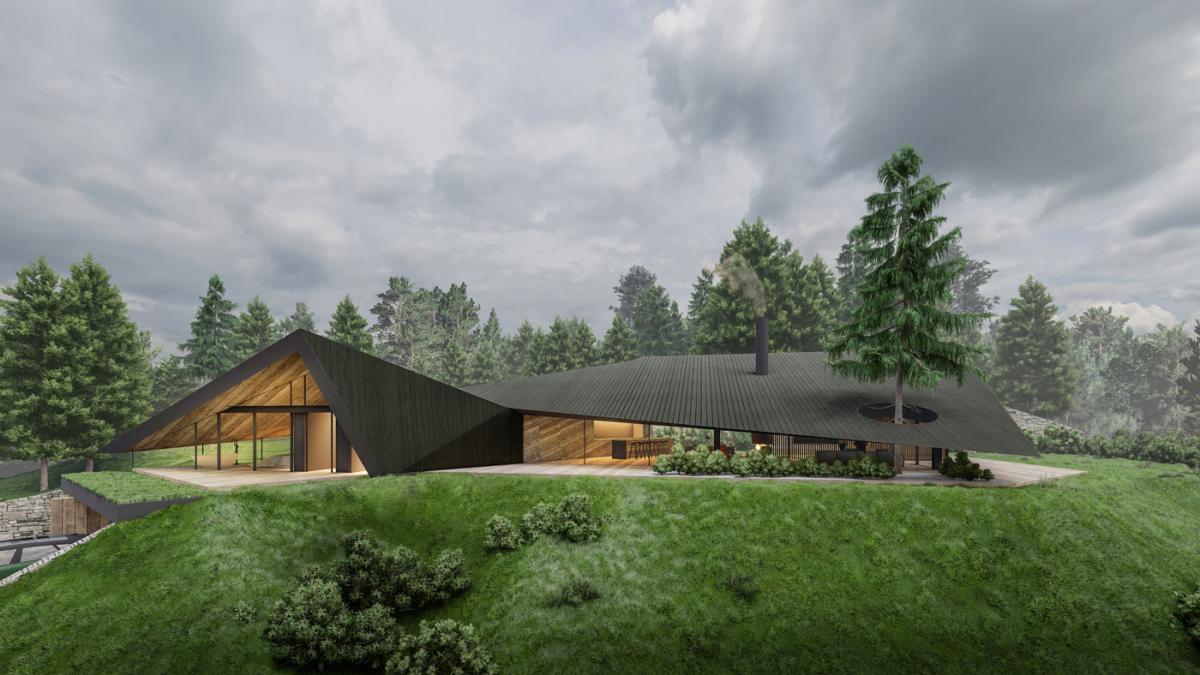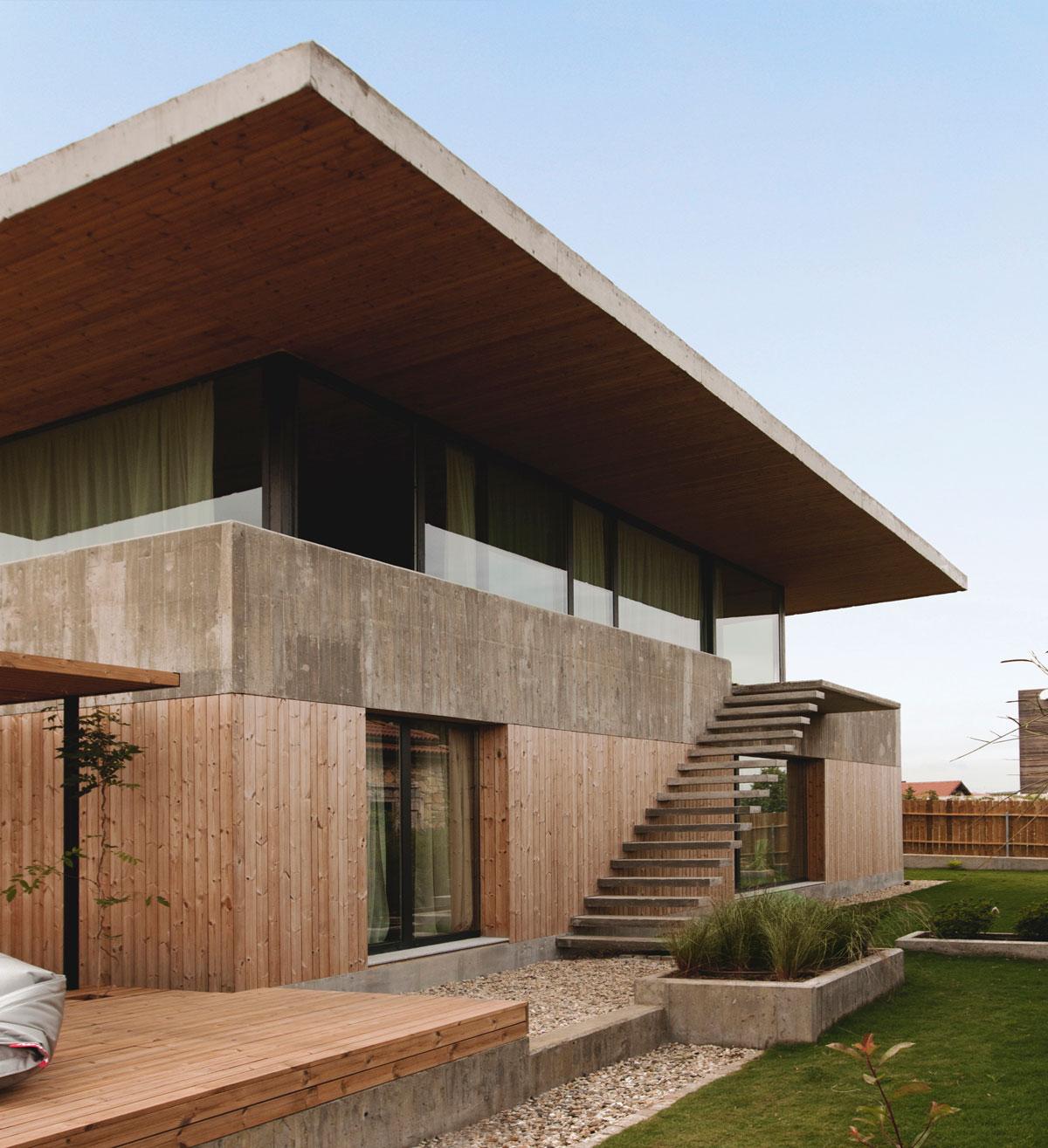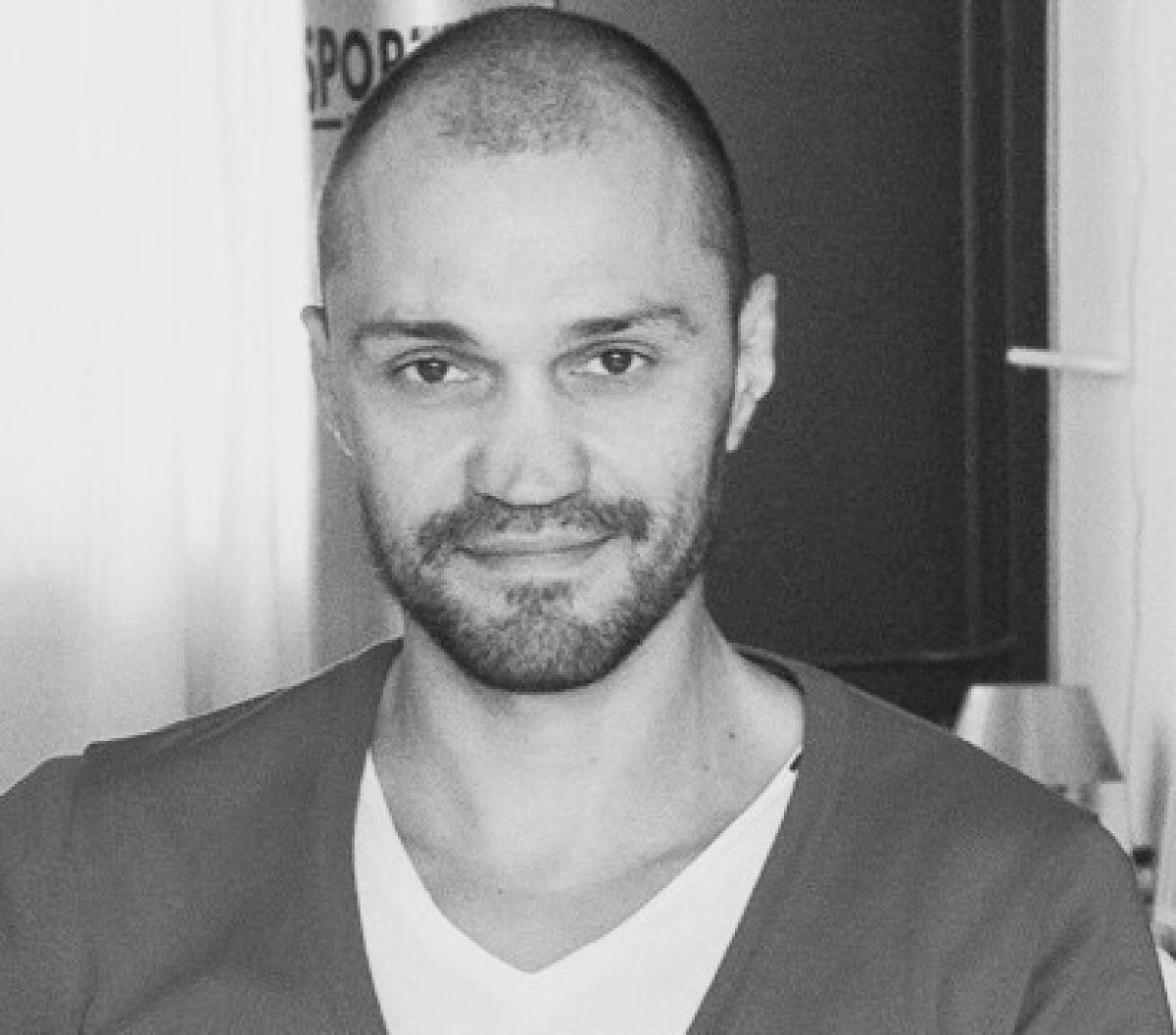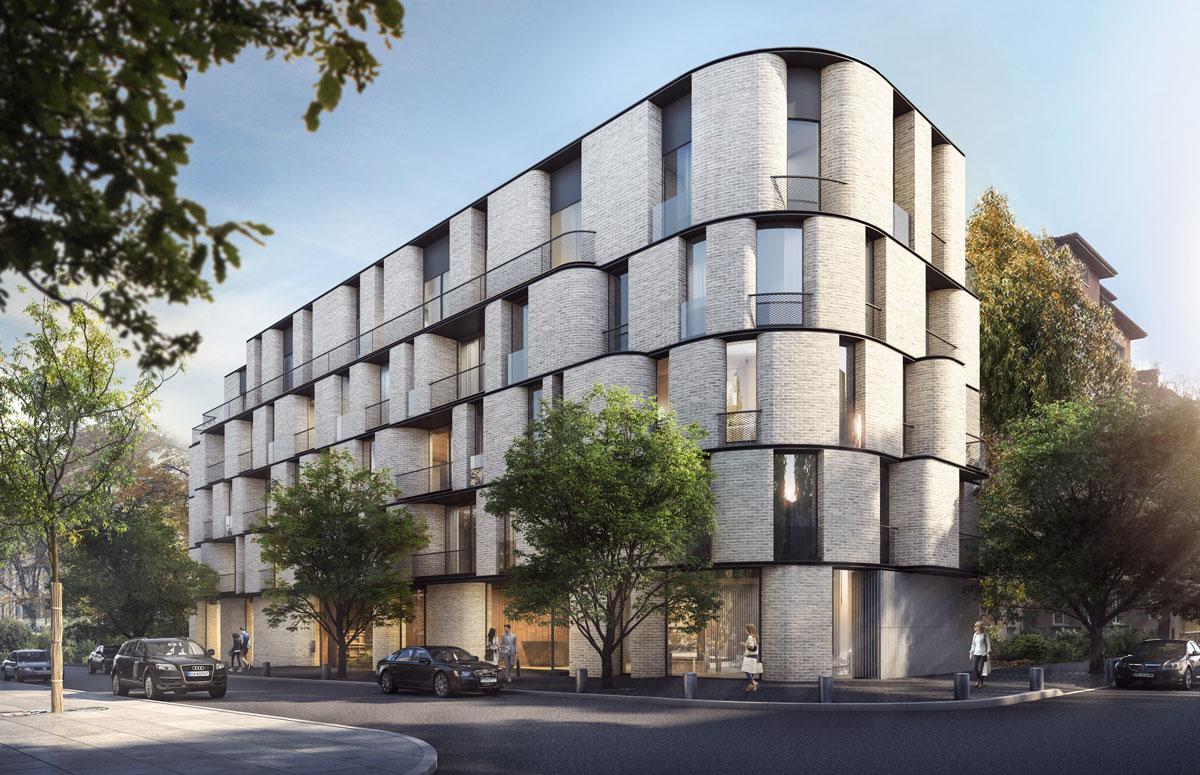





Today, the rich experience of the architect Nikolay Mario is the driving force of his studio NiMa Design, with the sign of which are the projects included in this conversation. At a previous stage of his professional career, he was a co-founder of Zoom Studio. Nikolay Mario is one of the undisputed and authentic voices in our architecture.
by TEODORA NIKOLOVA
I completely agree. For me as an architect, good architecture stems from space and light. The main thing is how it is built, the way and the angle at which the light enters, the places it enters and the shapes it fills, the transition between spaces and the different views that make the inside/outside connection. Luxury in a house is the overall feeling it gives me from waking up in the morning to falling asleep at night – feeling nice and in place in every corner. The organization of the function and the space are so combined that the transition between the different activities I perform is smooth and stress-free, I enjoy using each function and feel satisfaction. I prefer rounder shapes, I feel better in a "soft" environment. I like natural materials as they occur in nature, as well as rougher and more matte surfaces. Having the right views, a connection with nature and an abundance of greenery are important.
Naturally, as a specialist who is at the service of society, I take into account the preferences of clients. Different people have different perceptions of their surroundings, different tastes. A house is like a garment – something strictly individual and everyone should feel comfortable in their own house. A livable house is easier to create when you know the people who will live in it - their way of life, their habits, their rituals. For them to live in harmony with the house, it must be a mirror of their personality – it can be bold or conservative, cold and sterile or warm.
The dug-in pavilion is a symbiosis of the client's requirements that it does not stand out too much as a volume and our desire to merge it with nature as much as possible. The position where it was to be located bordered a natural hill and we took the approach of digging it in and blending it into the hill so that it would naturally fit in the middle. When you walk among the beautiful nature in which the project is located, on one side you see only a hill, and on the other the hill naturally flows into a small building, not dominating the beautiful views and merging with the nature. We have chosen only natural materials – wood and stone, so that the harmony is more complete.
Timeless is the term that most perfectly suits good architecture. Whether the building is really good or not is understood after 20–30 years. Just like with car design, a new model comes out, we all gasp at how beautiful it is, and 20 years later that same model looks ridiculous. Good automotive design, like architecture, after 20 years is still very beautiful, in a slightly different and very attractive way. Unfortunately, in modern architecture, this horizon of longevity is constantly being shortened, both visually and by the quality of the materials that are used. Most of the modern buildings cannot withstand, for example, a hundred years of operation.
The concept for the residential building at Oborishte 26 derives mostly from the client's requirements for architectural uniqueness and functionality - maximally bright apartments (with floor-to-ceiling windows) and free planning of the apartments - each apartment is different from this floor and above it. We had a town planning requirement that required rounding the corner of the building. Combined with the client's requirements, this began to outline the direction of the architecture – a clear expression of the height of the dwellings in combination with rounded shapes. The next step was to create precisely the sense of timelessness of the building. The shaping is simple enough to be modern, and yet without much risk of being compromised over time. Of course, it is not an end in itself, but derives from the function of the building and its rounded shape, which we promoted as a stylistic uniqueness. I am of the opinion that good architecture never copies buildings or styles, each building is created for a specific situation, function and environment, even an era. Copying buildings from other parts of the world and even stylistically from bygone eras is usually taken out of context.
The connection with nature. New technologies allow for an ever-increasing opening of buildings to the surrounding nature, more and more serious landscaping and bringing nature into the buildings themselves, as well as the return of traditional eco-materials, which is a wave in world architecture and in itself strengthens the connection with nature. Living for generations in cities, we have lost it to some extent. Architecture has the potential to enhance it. Returning to one of the previous questions, this is where I find the greatest luxury – to live in an environment closely connected to nature.Urban planning can also help in particular – better planned, more sustainable and greener cities.